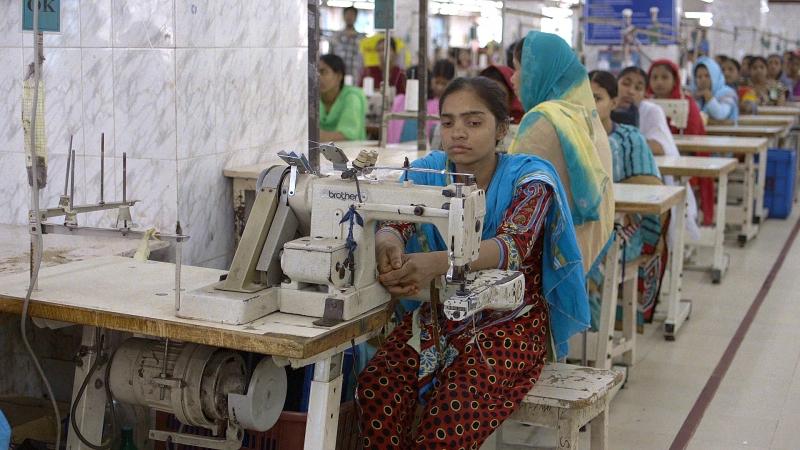Submitted by literature on

“The world now consumes about 80 billion new pieces of clothing every year. This is 400% more than the amount we consumed just two decades ago. “ The True Cost examines the real cost of fast fashion and garment production in the 21st century from a variety of aspects, these include the environmental impact, the health and social impact upon workers, the economic reasons behind why these conditions are so common and the psychological reasons detailing how the consumer impacted the rise of fast fashion.
Worker Impact
Most of the documentary is focussed on the impact on the sweat shop workers, particularly in the largest garment production centre of Bangladesh, Dhaka. Workers in this province are subjected to harsh working conditions such as extremely long hours, poor pay, poor safety measures such as breathing in toxic chemicals from the garment production (of which cause a multitude of diseases), and working in buildings of which are not structurally sound. This is especially exemplified though the Rana Plaza incident in Bangladesh, in which a garment factory building collapsed and killed over 1100 people.
Environmental Impact
The increase in demand for more products has caused the cotton industry to radically change the way that they grow. Farmers are forced to use harmful pesticides over their entire crop field instead of just being used in patches to keep up with production pressures. This leads to these chemicals leeching into the soils and rivers near farm land as well as causing cancer to farmers that work with the cotton.
Economic Reasons
The reasons that these horrific conditions have not been dealt with simply comes down to capitalism. Big brands such as H&M and Zara do not have mandatory ethical guidelines, and thus are constantly slaving after bringing in more money than last quarter. The brands are constantly looking to cut costs so as to keep clothes cheap and so are forcing factory owners to cut costs in order to keep their business. factory owners are so desperate for the business that they slash their costs so as to keep the production price as low as possible. The only way they are able to do this is by cutting the benefits, safety, and wellbeing of their workers.
Psychological Reasons
Furthermore, the documentary ends with an analysis as to why consumers feel the need to purchase so many items of clothes. “It makes you feel rich when in fact you are not”. It examines how we are able to know that by buying these clothes we are encouraging and funding the poor working conditions and yet simultaneously ignore it.


